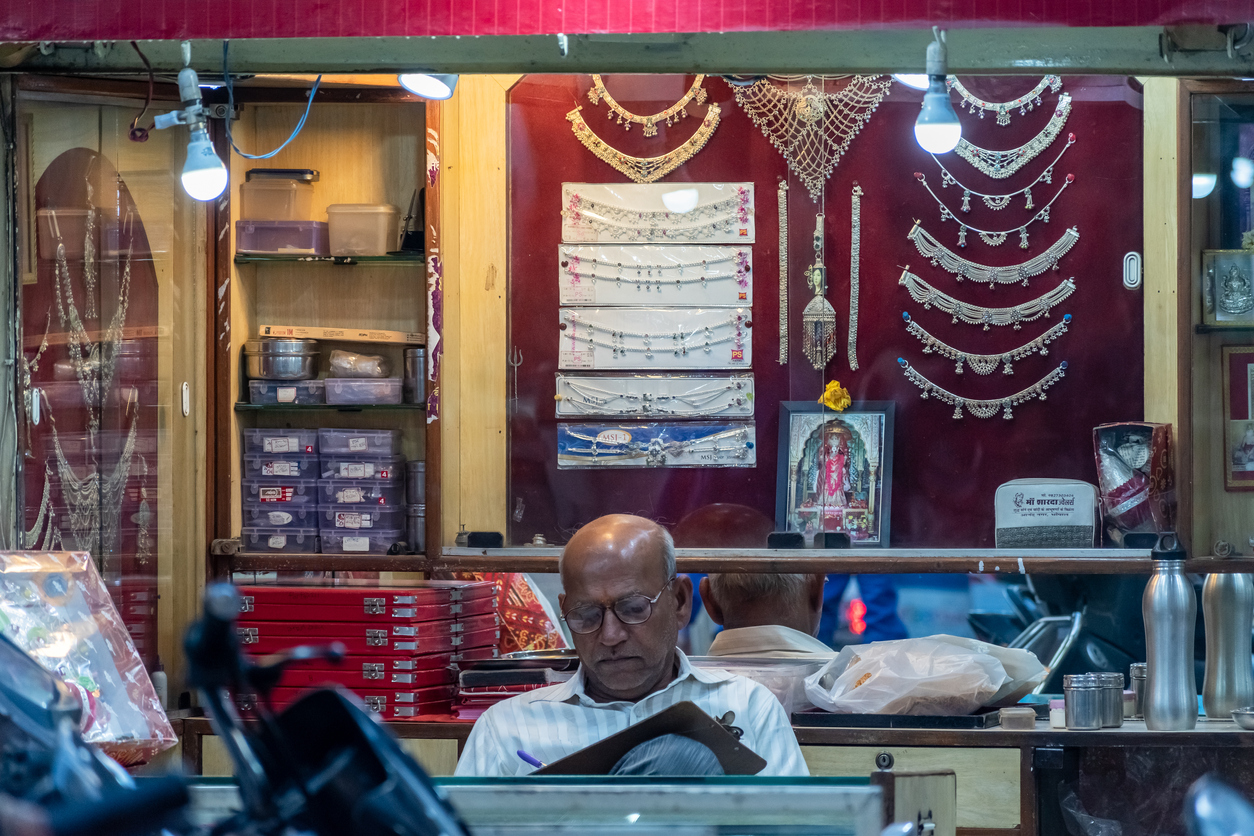
Centre’s hallmarking rules unilateral, may bleed small jewellers dry

The government’s decision to make it mandatory for jewellers to hallmark gold and silver jewellery has led to an unprecedented crisis for the industry, forcing some of the players to organise themselves to go on strike against the order.
On the face of it, the new rules seem fair from the perspective of the consumers and perhaps needs to be lauded as well, but as all such decisions go, it seems unilateral and taken without participation from the industry players.
But first, what exactly do the rules say? Hallmark is more like a certificate of authenticity consisting of four components: it should answer a buyer four questions – where, what, when and who.
As per the government mandate, a piece of jewellery should have the Bureau of Indian Standards (BIS) mark, purity in caratage, assaying and hallmarking centre and that of the jeweller’s identification number which has now been replaced with HUID (a six-digit hallmarking unique identification number like the Aadhar number).
The consumers will also have the option of getting their piece of jewellery tested at A&H centres by paying a fee of ₹200 per article.
But what are jewellers protesting about? Tagging every piece of jewellery can be a nightmare for small retailers who have far fewer resources at their command compared with the bigger players in the industry. Hallmarking is a manual enterprise and the inventory has to be sent for hallmarking and because of several such applications piling up, it may take a longer time to do so, locking up the sales.
India manufactures about 100-120 million pieces of jewellery every year and if one takes into account 60-70 million pieces that are yet to be hallmarked, it can take at least three years before all of them get certified. The capacity of hallmarking centres is about 2 lakh pieces per day and that is not good enough to process all the jewellery in the inventory within a short period of time. Such a long period can hurt the businesses of these jewellers to an extent that they may as well have to shut down their outlets.
Also read: Why Indian jewellers are upset with new hallmarking rules
But the government’s mandate which became effective from June this year comes with some exemptions: for example, articles weighing less than 2 grams, any article meant for export and customised for foreign buyers and jewellers with a turnover of less than Rs 40 lakh per year and jewellers using Kundan, Polki and Jadaau (encasing) techniques are exempt from such a certificate.
An A&H centre is mandated to certify the purity of gold jewellery of 14,18,20,22, 23 and 24 carats and these centres are located near jewellery hubs across the country and there are about 900 of such centres as of now. However, the government has said that no penalties will be imposed until the end of August to give breathing space to the jewellers, retailers and wholesalers and if any issues come up, a committee consisting of representatives from stakeholders, revenue officials and legal experts will be formed to mitigate the problems of the jewellers.
What are the issues that jewellers might typically encounter? While customers will be able to sell their jewellery whether it is hallmarked or not to a jeweller, the same can’t be done by a jeweller to the customers without the hallmark. Also, it will lead to supply-chain constraints for the jeweller which obviously lead to the consumption of more working capital which can hurt the businesses of retailers. Leading players like Tanishq started the process of hallmarking much before the June deadline and hence have managed to stay ahead of the race, but it is not the same case with several mid-sized jewellers.
This calls into question the reason for the government to implement such a policy without taking the industry into confidence. Also, it has turned out to be a tug of war between the organised and unorganised players and the difference between the two is huge.
Following the demonetisation in June 2016, and the introduction of the GST levy in July 2017 of 15.5 per cent import duty (inclusive of GST) made several jewellers return to the unorganised sector. Now with the new rules, it will become much more difficult for the unorganised players to conform to them.
In a news report recently, an industry lobby official was quoted as saying that India’s gold smuggling has been estimated at 100 tons during the last few years and has increased significantly because of the import duty. According to various estimates, the total annual tax collection of ₹35,000 crore through gold import has remained stagnant during the last few years which should be a cause for worry for the government as Indians are one of the largest consumers of gems and jewellery and the industry contributes around 7 per cent to the country’s GDP.
A well-thought-out and inclusive policy can actually help the industry grow and bring more jewellery outlets into the organised sector.


